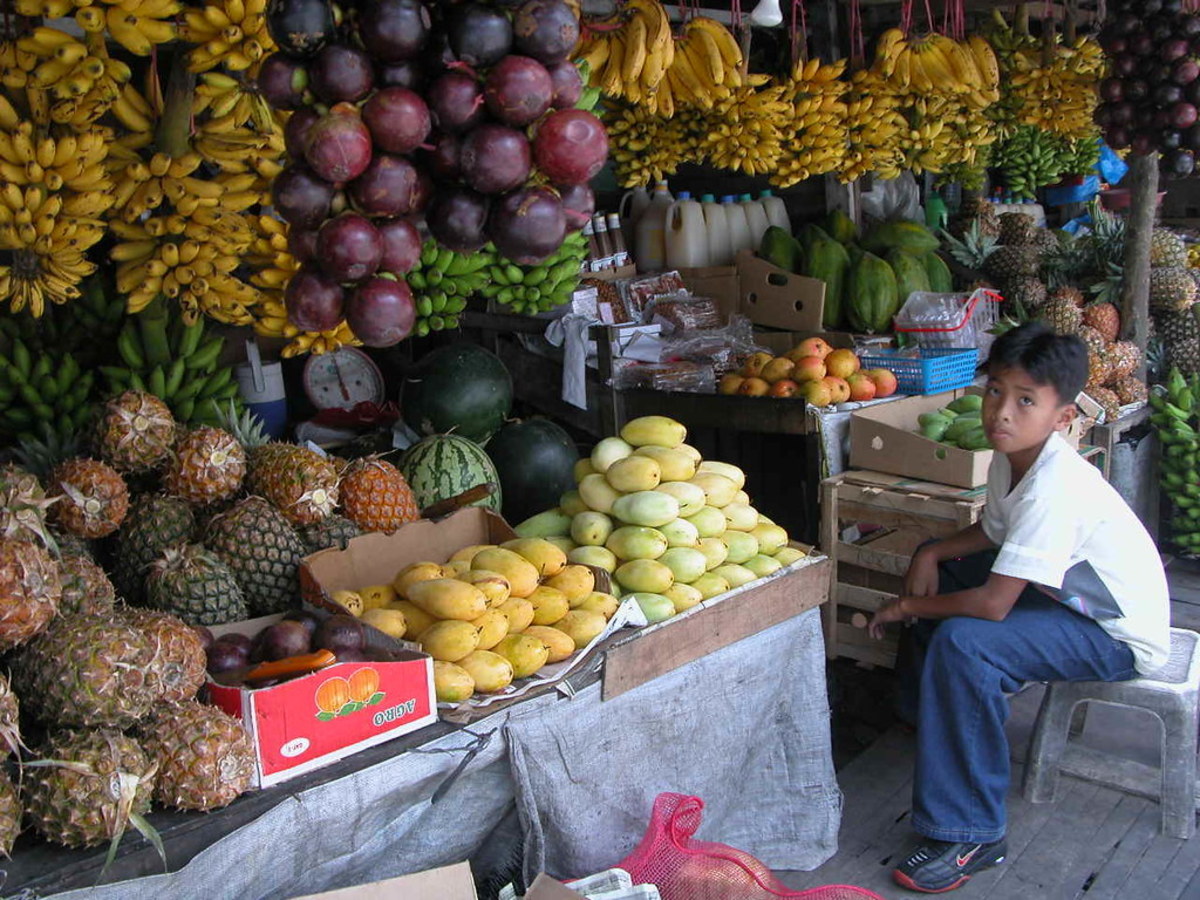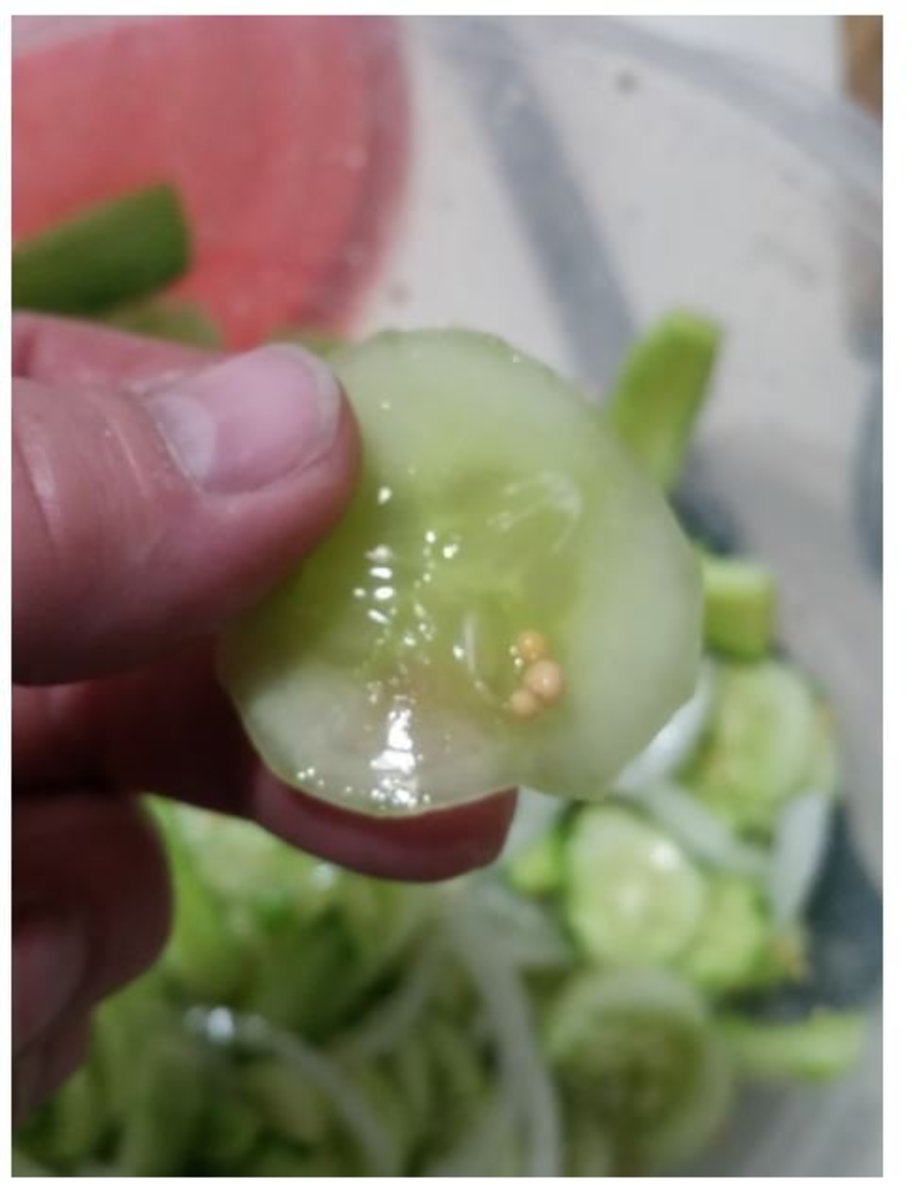- HubPages»
- Food and Cooking»
- Cooking Ingredients»
- Fruit Ingredients
Easy Homemade Tomato Sauce Recipe
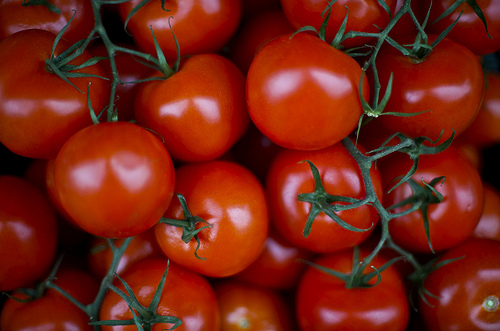
Homemade tomato sauce is a thing of legend. Many a grandmother has perfected her recipe over countless hours in the kitchen by simmering ingredients and tasting the product over and over with an aged wooden spoon. Many of us have tried to duplicate our grandmother's recipe's, but to no avail. Thus, we come up with tomato sauce that is flavorless, runny or too thick, and waste of hours of our time. The truth is, making a delicious tomato sauce at home is easy, almost too easy, and provides a great base for you tom add your own tastes into.
This guide will teach you how to make a flavorful quick and easy tomato sauce with fresh tomatoes that will keep your family and friends wondering how long you actually spent in the kitchen hovering over a pot with a wooden spoon.
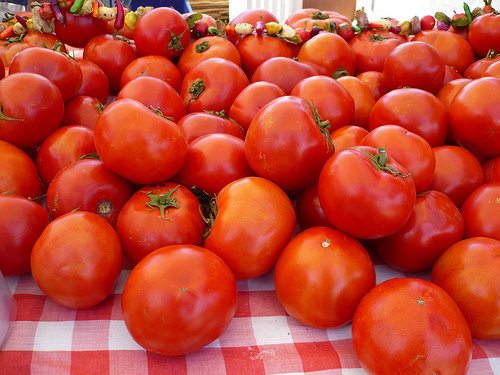
Choosing Tomatoes For Sauce
Choosing between canned and fresh tomatoes can be a difficult decision for some and which you choose really depends on how quickly you want to make your sauce. Using canned tomatoes will make it much quicker and easier to make a sauce, and will often result in a deeper red color to the sauce. The taste of canned tomatoes will yield a sauce that is much more earthy, silky and understated. Yet, fresh tomatoes will create a more flavorful but lighter sauce, with much more robustness. Canned tomatoes can make a better sauce, especially in the winter and spring when fresh tomatoes are not vine ripened. However, in the summer and early fall
The process of canning tomatoes makes them less firm, and the added salt makes them seem more flavorful on their own, but the addition of BPA into many can liners makes it difficult to recommend canned tomatoes unless you can get a BPA free can. So, if you do choose to use canned tomatoes, I recommend organic varieties and make sure to choose those in BPA free cans.
Now, choosing between which fresh tomatoes to use is a different task. Really, any tomato will do (sorry grandmas around the country) but remember they should be ripe, nay, almost overripe to produce a good sauce.The best sauce tomatoes have a lot of 'guts' they are not hollow, often referred to as paste tomatoes Vine ripened tomatoes which are a darker red, usually from a local farm or garden are the best choice. They are fresh, local and ripened on the plant to give them maximum flavor anf sugars. So, if you see a farm stand with tomatoes in your daily commute stop in a pick a few up, even if they are a bit over ripe. .
If you use supermarket tomatoes the key again, is to find those which are soft and ripe. This can be a difficult task as many tomatoes in the store are light pink with spots of green, firm and acidic with no real 'tomato' flavor to them. The key to any good sauce, for flavor and color is to use deep red soft ripe tomatoes that would be just past the point where you would put them on a sandwich.
Ingredients
- 12 cups Canned, or roasted skinless fresh tomatoes
- 6 cloves Garlic, smashed, or finely minced
- 1 cup Fresh basil, chifonnade
- 1/8 cup fresh oregano, chopped, stems removed
- to taste salt
- to taste pepper
- 1 large white onion, fine diced
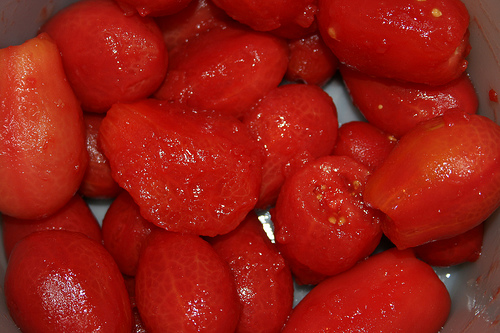
Instructions
- To prepare fresh tomatoes cook the tomatoes in the boiling water for about a minute, or until the skins begin to split. Drain the tomatoes in a colander and dump into the ice water to end the cooking process. Do not to cook tomatoes for too long or the juices will run out of the tomatoes and they will begin to lose color. You are not trying to cook them for sauce in this step just heat the skins so that they can be removed.
- Dice the onion and garlic and sweat them for about five minutes on low heat in olive oil.
- Put your tomatoes in the pot, and simmer, add salt and pepper as you cook. Simmer for 20 to 30 minutes, and let the tomatoes lose their juice, and once they begin to boil and then add the oregano and basil. Simmer for another 5 minutes and remove from the heat
- Now you can use (in order from more to less work) a potato masher and hand mixer, burr mixer, robot coup, food processor or the best option...a blender, and bring your sauce to the desired consistency. This should not take long in the blender just about 20 seconds to make a nice pourable but still a bit chunky sauce. If the sauce is too runny, you can drain some liquid out or cook it further. If the sauce is too thick, adding stock or water can bring it back to the right consistency.
- Return to the pot and simmer for 10 minutes using salt pepper garlic oregano and basil to bring it up to your preferred taste. Don't over cook the sauce, or you will cook out the flavors of the herbs and tomatoes, for a quick sauce, cooking as little as possible to get the sauce is the key. This way you retain the aromatics of the herbs as well as the flavors. That's it, your done, a great sauce in less than an hour. You can use it immediately or let it cool to room temp and then store it in your refrigerator for later use.
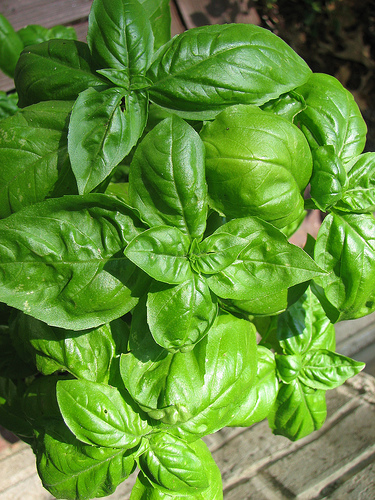
Adjusting Flavors in Your Tomato Sauce
Once you have made the sauce one you can add your own personal preferences the next time. Perhaps a bit more garlic or salt, maybe a bit of cayenne pepper to give it a kick or some sliced mushrooms to add earthiness. While it all seems so simple, there are so many ways to adjust a sauce that you can see why grandma spent so much time in the kitchen, she knew how her perfect sauce tasted, and was determined to repeat the magic.
For pasta sauces, adding a bit of red wine, a lemon or two or more basil will give it a bit more acidity and brightness which complements many pasta dishes well. Adding more oregano will add a bit more sharpness, which will make a great sauce for pizza or dishes such as chicken Parmesan. Double the amount of onion and you will have a thicker sauce, sweeter, great for sausages and spicy foods.
Once you have the sauce base down as well you can begin to experiment with adding cheese and vegetables. If adding cheese, remember that it will usually end a significant amount of salt to your sauce, and it is best to season with salt after adding cheese to the sauce. Vegetables can be added cooked or uncooked but be careful to not over cooked vegetables in your sauce as they can disintegrate and create a mushy bland sauce. Adding grilled veggies will add a layer of smokey flavor to the sauce. Adding meats such as beef or sausage as you simmer will impart great flavor, but make sure you have cooked the meat enough before hand that the majority of the grease and fat has been rendered out, or you will en up with a thin oily sauce that has less flavor. Remember if you are adding meat or veggies or want chunks of what you are experimenting with always add them in the final step, before you blend the tomatoes to the desired consistency of the sauce.
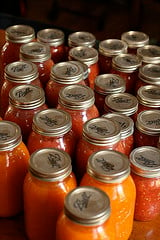
Storing Tomato Sauce
Storing homemade tomato sauce is easy, and the sauce can be refrigerated and kept for about five days to a week in an airtight container. However, you can also use a pressure cooker to keep your sauce for long periods of time. This is a great option if you have some time to spare. Canning sauce is a great option for using all the excess tomatoes from your garden, and the sauce will taste much better than most store bought sauces.
To can tomato sauce you'll need canning jars and a pressure cooker. Fill the jars, (quart jars are the best option) leaving a half inch of head space. Quart jars should be cooked in the pressure cooker at least at 15 psi and for 30 minutes. It is important that you use a pressure cooker because while tomatoes seem acidic, their levels of acidity may not be high enough to prevent spoiling if they are not cooked at a high temperature. Thus, using a water bath may not completely sterilize the tomatoes and could limit the time you are able to store the sauce, if at all. If you wish to use a water bath to can tomato sauce, then you will need to increase the acidity of the sauce with lemon juice or citric acid. This will in turn alter the flavor of your sauce, so it is recommended that when canning you use a pressure canner. Making one big batch of fresh tomato sauce in the summer can get you through until the next growing season if you can it properly.

